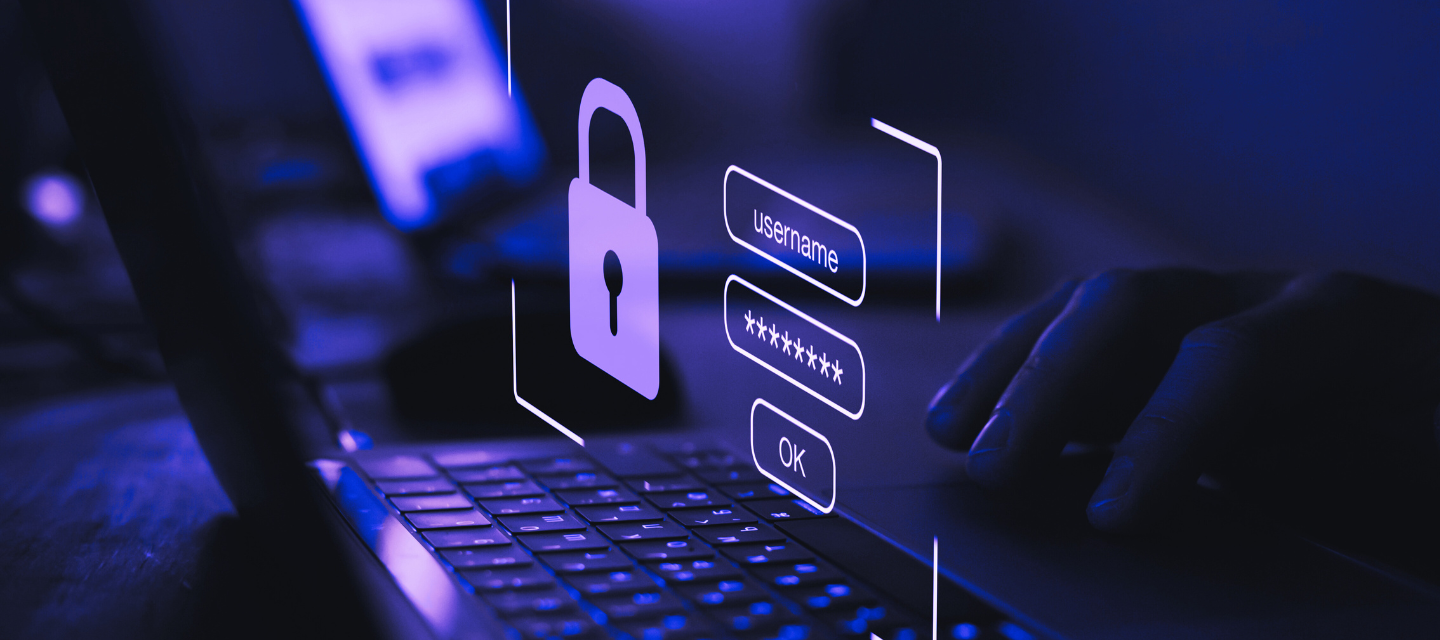In an era where cybersecurity threats are a big concern for many aspects of our lives, the recent breach of voter data in the District of Columbia serves as a reminder of the critical importance of safeguarding this sensitive information. The breach, attributed to a threat actor known as RansomedVC, not only expose vulnerabilities in our electoral systems but also underscores the need for robust protection of voter data to preserve the integrity of democracy. This article goes deeper into the significance of voter data, the possible repercussions of a data leak, and how threat modeling can be used in protecting this invaluable asset.
District of Columbia confirms Voter data leak:
The District of Columbia Board of Elections (DCBOE) is investigating a data leak involving an unknown number of voter records after claims by a threat actor named RansomedVC. The breach occurred through the web server of DataNet, the hosting provider for DC's election authority, but didn't compromise DCBOE's internal servers. Over 600,000 lines of U.S. voter data were allegedly stolen and offered for sale on the dark web. The data includes names, registration IDs, voter IDs, partial Social Security numbers, and more. Notably, some voter information is public, but confidential data, like contact details and SSNs, must be protected. RansomedVC's claims have been questioned, highlighting the complexity of verifying such incidents. This underscores the importance of securing voter data, with 600,000 individuals at risk of identity theft and election integrity compromised. It's a reminder that cybersecurity measures and threat modeling is critical to prevent these breaches.
The significance of voter data:
Voter data is not just a collection of names and addresses; it is the foundation upon which democratic processes are built. Here's why it is vital to protect this information:
- Preserving Privacy: Voter data contains personally identifiable information (PII) that, in the wrong hands, can lead to identity theft, fraud, and a myriad of privacy breaches. When this information becomes public, voters are left vulnerable to exploitation and manipulation.
- Safeguarding Democracy: The sanctity of the democratic process hinges on the integrity of voter data. Tampering with this information can lead to fraudulent voting, casting shadows of doubt over election results and eroding the trust citizens place in their electoral systems.
- Target for Manipulation: Malicious actors can exploit voter data to manipulate voter behavior and target individuals based on their political preferences. This manipulation could include disinformation campaigns or voter suppression tactics.
The Devastating Impact of Data Leaks:
The consequences of a data leak involving voter records can be profound and far-reaching:
- Identity Theft: When personal information such as Social Security numbers and driver's license details become public, criminals have the tools needed for identity theft, which can lead to financial losses and personal turmoil for the affected individuals.
- Voter Manipulation: The exposure of voter data can enable bad actors to target and intimidate voters, which may influence their decisions at the ballot box and undermine the democratic process.
- Electoral Integrity: The breach of voter data erodes the trust in democratic institutions. By casting doubt on the legitimacy of elections, it jeopardizes the very heart of democracy.
Protecting Voter Data with Threat Modeling:
In the face of increasing cyber threats, a proactive approach to securing voter data is indispensable. Threat modeling, a systematic process for identifying and mitigating security threats, plays a pivotal role in this endeavor:
- Threat modeling enables election authorities to identify potential weaknesses in their systems, including those used by third-party service providers. This allows for the development of security measures to protect against threats.
- Through threat modeling, election boards can assess the potential risks associated with a data breach. By understanding the potential impact, they can allocate resources and prioritize security measures accordingly.
- Embracing threat modeling empowers election authorities to fortify their defenses. They can enhance the security of web servers, strengthen encryption, and institute robust monitoring to prevent and detect unauthorized data access.
This breach of voter data underscores the pressing need for stringent cybersecurity measures and threat modeling to protect our most fundamental democratic processes. As we grapple with the aftermath of this breach, it's crucial to recognize that our commitment to safeguarding voter data is not merely a matter of security but an unwavering commitment to upholding the principles of democracy.
Safeguard the core of democracy and ensure the security of your critical systems with ThreatModeler.



